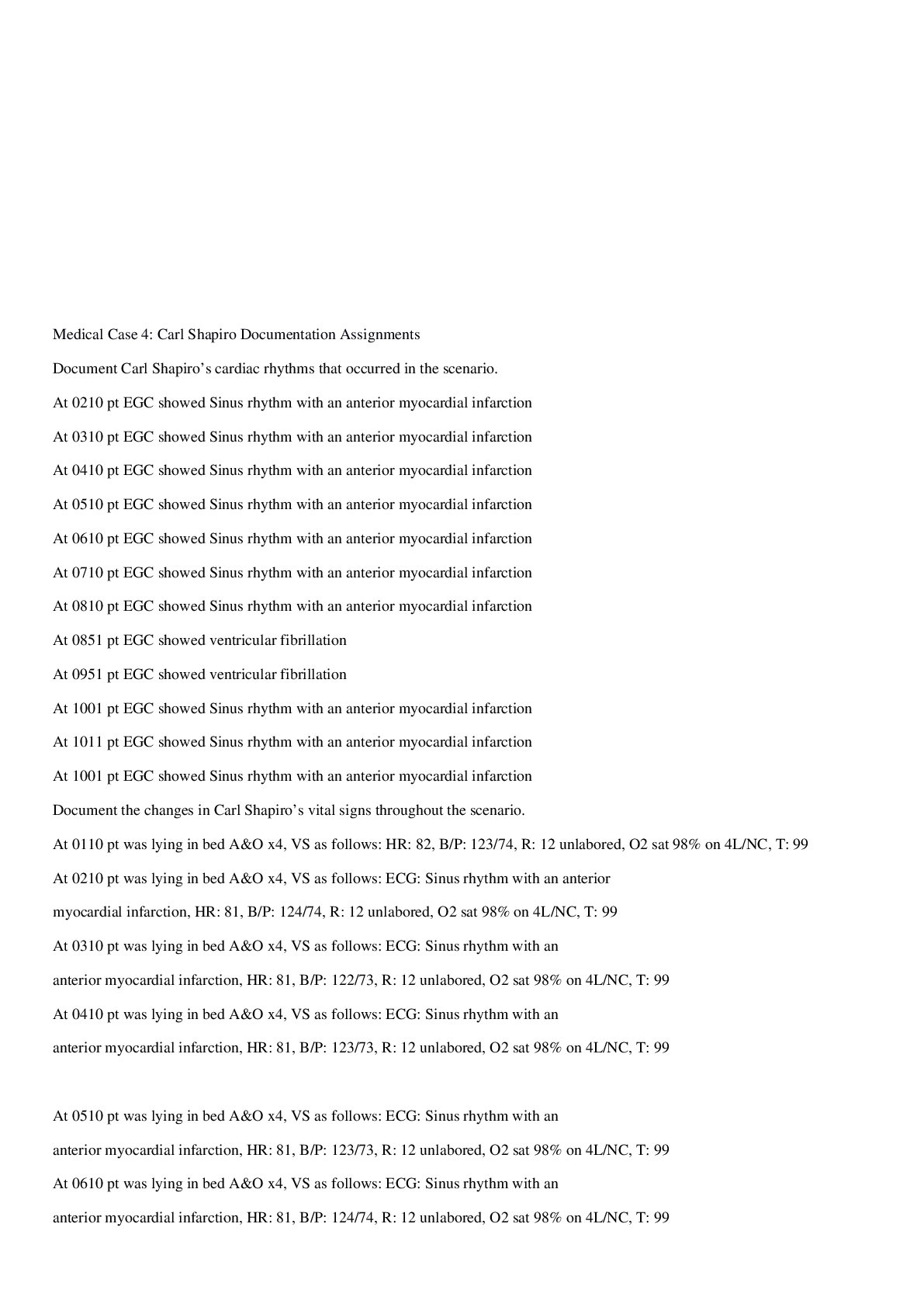Agricultural Studies > Summary > GENERAL AGRICULTURE (All)
GENERAL AGRICULTURE
Document Content and Description Below
DEFINITION OF AGRICULTURE Agriculture can be defined as the art, the science, and business of cultivating crops and rearing livestock for economic purposes. At certain stages of human development, ag... riculture used to be the only known means of living. It is derived from the Latin terms ager referring to the soil and cultura its cultivation. Agriculture is a broad term encompassing all aspects of crop production, horticulture, livestock farming, forestry etc. Agriculture is the most comprehensive word used to denote the many ways in which crop plants and domestic animals sustain the global human population by providing food and other products. But the word has come to subsume a very wide spectrum of activities that are integral to agriculture and have their own descriptive terms, such as cultivation, domestication, horticulture, arboriculture, and vegeculture, as well as forms of livestock management such as mixed crop-livestock farming, pastoralism, and transhumance. The scope of agriculture has widened, with interrelated sectors over-lapping one another; and in the present scenario, each of these sectors is as important as any other! Many different attributes are used too to define particular forms of agriculture, such as soil type, frequency of cultivation, and principal crops or animals. The term agriculture is occasionally restricted to crop cultivation excluding the raising of domestic animals, although it usually implies both activities. Agriculture not only supports humans for their subsistence, but helps a large number of industries too. Agriculture forms the raw material for numerous farm products based industries. The basic products, resulting from agricultural activities, are processed in big factories, before the final product is marketed. As such, agriculture generates employment, both for people working in the farming sector as well as those in the industrial, agriculture-based sector. These days, agriculture has become an important commercial activity. A variety of crops are grown, which can be classified as -Food crops, Commercial crops, Fibre crops, Beverage crops. Agriculture has benefited a great deal from the various advancements in the field of science and technology - with modern machines making the 'field' jobs much easier than ever before. All over the world, agriculture is managed efficiently with the help of modern farm equipment. In the US, farmers rely much more on technology than on manual labour. Machines are used for all important farm operations like - tilling, sowing, harvesting, sorting of fruits, etc. Most farmers prefer employing those labourers who are skilful, and who can operate upon their tractors, combines and harvesters. In fact, farmers are also ever so ready to try out every new development in the variety of crops, pesticides, fertilizers and the like. The importance of agriculture also lies in the fact that it supports the export sector also - most of the farmers in the United States produce largely for exports, as the soil produce is quite fertile, and coupled with modern technology, the returns are huge. Some of the major farm products are crops like - rice, wheat, sugarcane, cotton, jute, tea, coffee and rubber - which are produced in most parts of the world. In countries that export surplus farm output, agriculture is all the more significant, and the agricultural production is fairly high. As the farmer gets a good profit, his financial position, especially in developed countries, is better than many other entrepreneurs. He is now able to purchase the latest machinery, use latest techniques of farming, buy new and improved hybrid varieties of seeds, and use the best fertilizers to increase productivity. Nowadays, there are improvements in wholesale marketing as well as transportation of farm products. The use of refrigeration systems and efficient rail transport has made possible the safe delivery of perishable farm products like dairy products, vegetables, and fruits. With barely 4% of total population of United States engaged in agriculture, they have huge exportable surplus. Cultivation Cultivation is an activity through which humans become directly involved in the management of the lives and life cycles of certain plants. In practice, cultivation involves manipulation of soil, water, and other components of the plant environment. At its most basic, it involves sowing of seeds on soil which has been cleared of other vegetation. It usually involves preparation of the soil by tillage. Tillage methods and tools vary from simple handheld devices. Other important variables include the addition of nutrients to the soil by such means as manuring, multiple cropping with nitrogen-fixing species (usually legumes of the family Fabaceae), or using crop rotations with legumes or fallow periods. This represents an important component of cultivation, i.e., scheduling the seasons of sowing and harvesting and inter-annual patterns in crop rotation and fallowing. Cultivation represents an important change in human strategy as people start to manipulate the soil and the composition of plant communities to enhance yields of particular plants later. Domestication Domestication is most clearly defined as a biological phenomenon, that is, by traits in crops that result from adaptation to cultivation and by which they differ from close wild relatives. Domestication can be recognized as sets of characters that define domesticated crops. A second connected trait is reduction in aids to wild seed dispersal. Plants often have a range of structures that aid seed dispersal, including hairs, barbs, awns, and even the general shape of the spikelet in grasses. Thus domesticated wheat spikelets are less hairy, have shorter or no awns, and are plump, whereas in the wild they are heavily haired, barbed, and aerodynamic in shape. Varieties of wild rice are always awned and heavily barbed, while many cultivars are awnless and those with awns have fewer barbs. Rather than being positively selected by harvesting, this comes about by removal of natural selection for wild-type dispersal adaptations, and therefore under domestication, such traits require less metabolic expenditure. This trait may sometimes be visible in archaeological botanical material but is rare and non-diagnostic and does not provide a definitive means of identifying domestication archaeologically. Because this trait shifts gradually and non-diagnostically, it can be regarded as indicating “semi-domestication.” [Show More]
Last updated: 6 months ago
Preview 1 out of 23 pages
Instant download
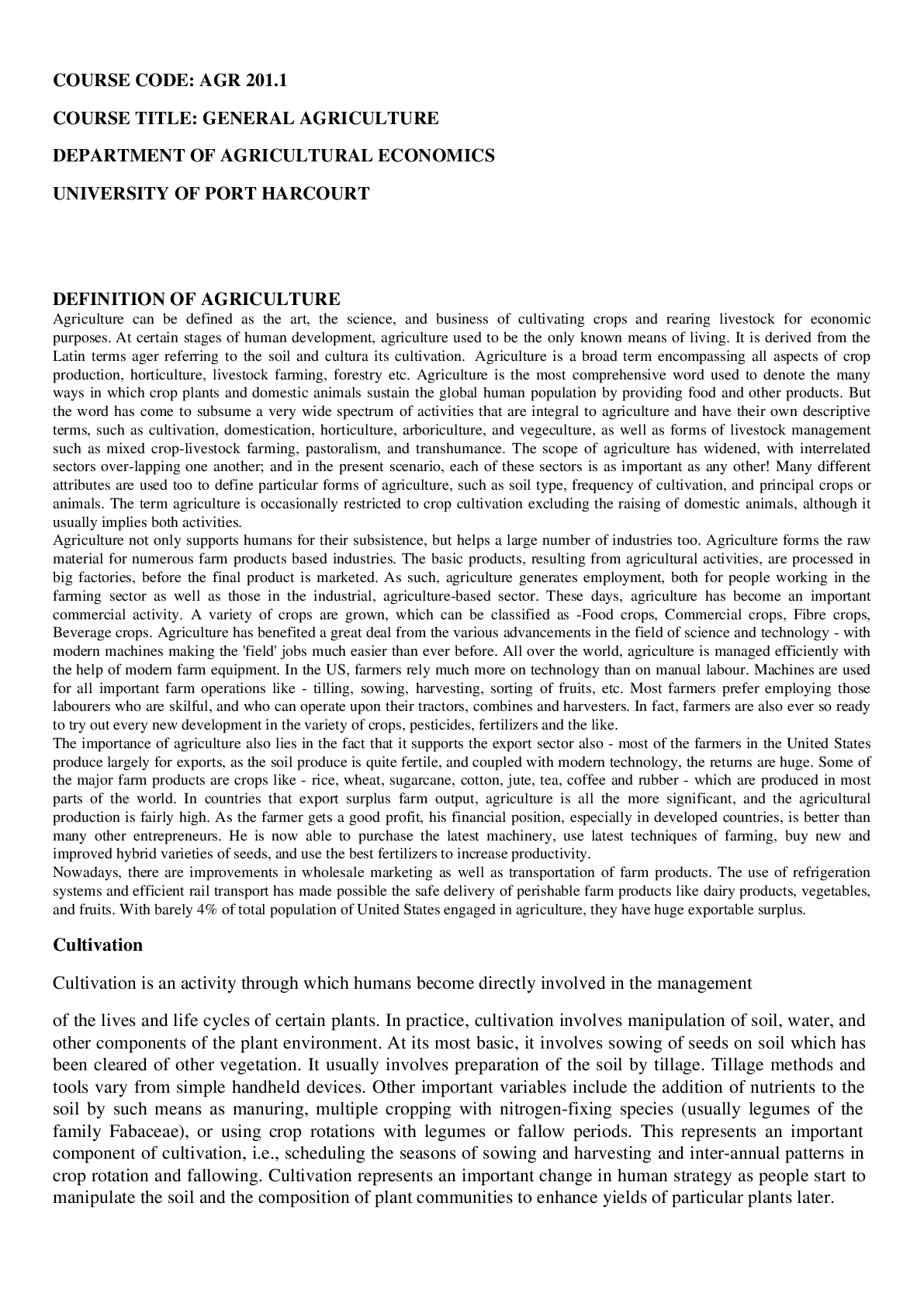
Instant download
Also available in bundle (1)

INTRODUCTION TO GENERAL AGRICULTURE I/ Agriculture in East Germany/GENERAL AGRICULTURE I
INTRODUCTION TO GENERAL AGRICULTURE I/ Agriculture in East Germany/GENERAL AGRICULTURE I
By EXCELLENCE NURSING LIBRARY 6 months ago
$30
4
Reviews( 0 )
Document information
Connected school, study & course
About the document
Uploaded On
Nov 17, 2023
Number of pages
23
Written in
Additional information
This document has been written for:
Uploaded
Nov 17, 2023
Downloads
0
Views
24







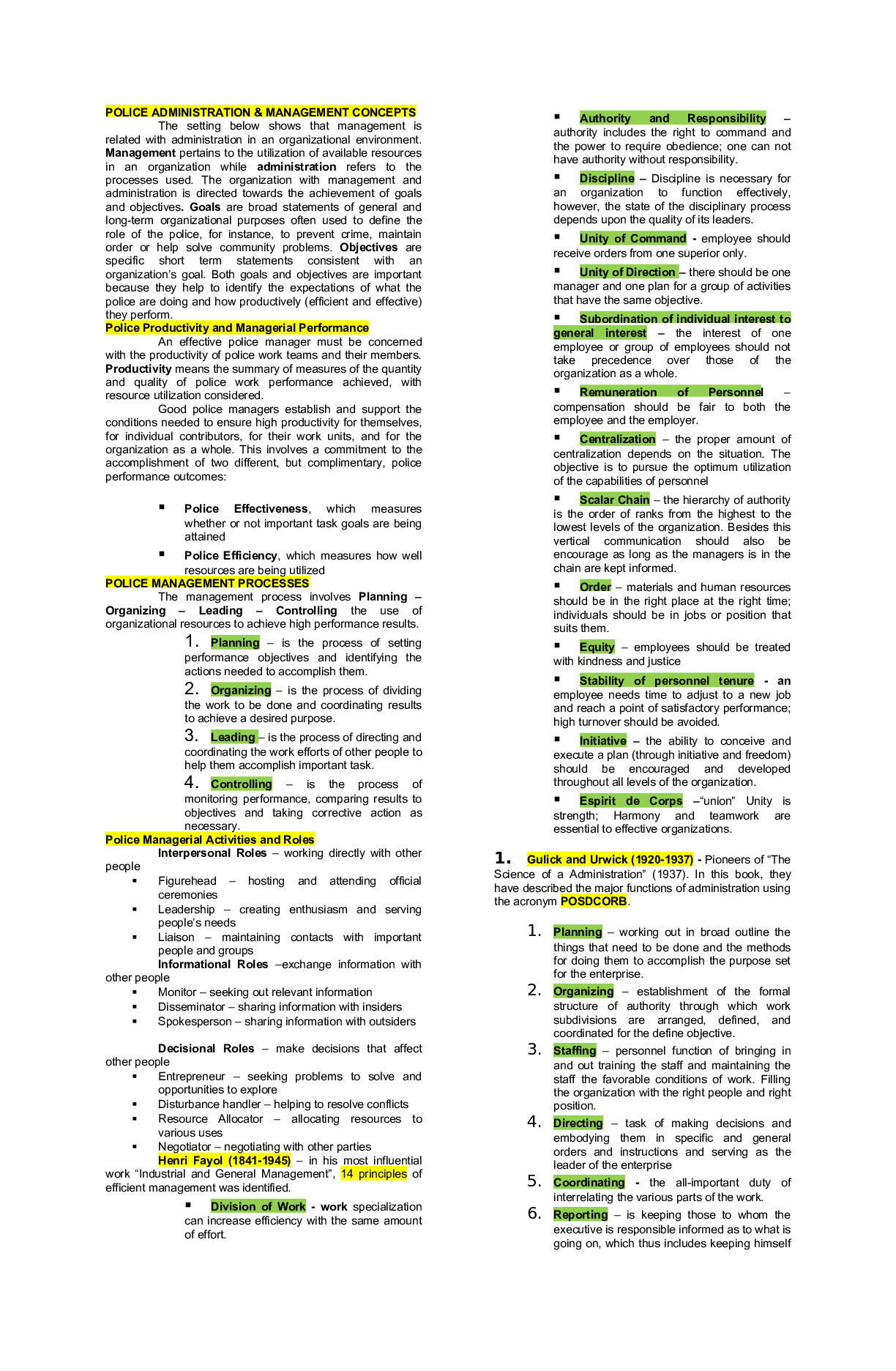


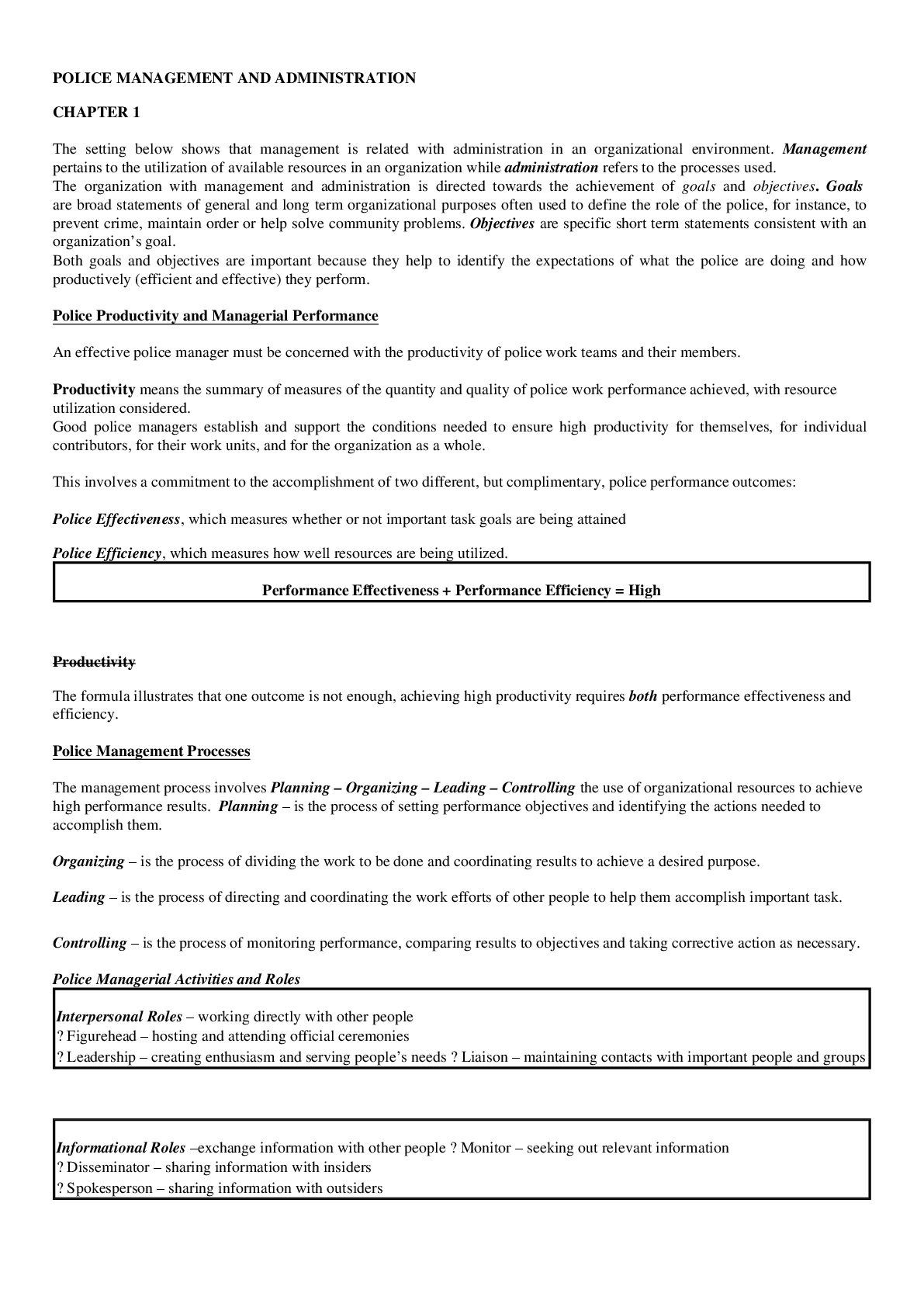
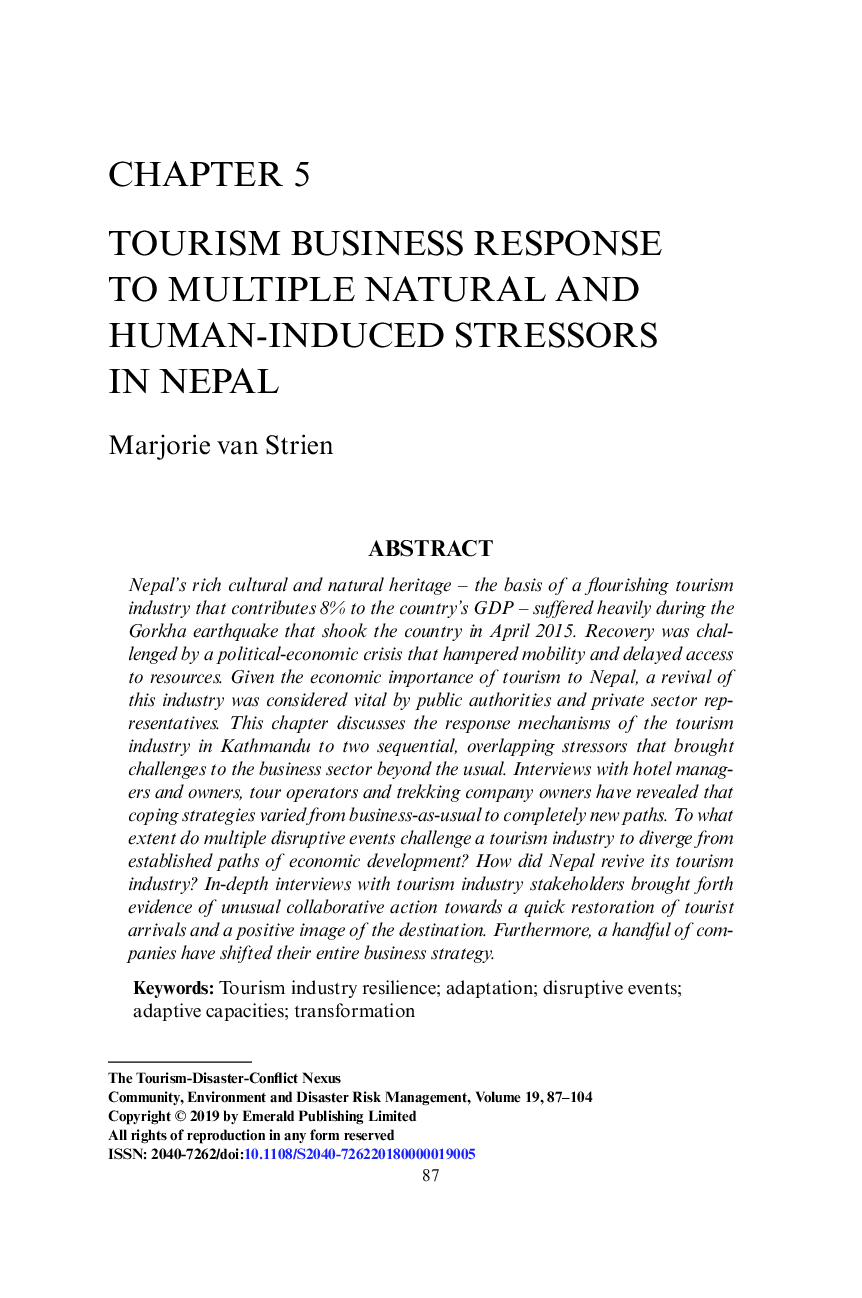

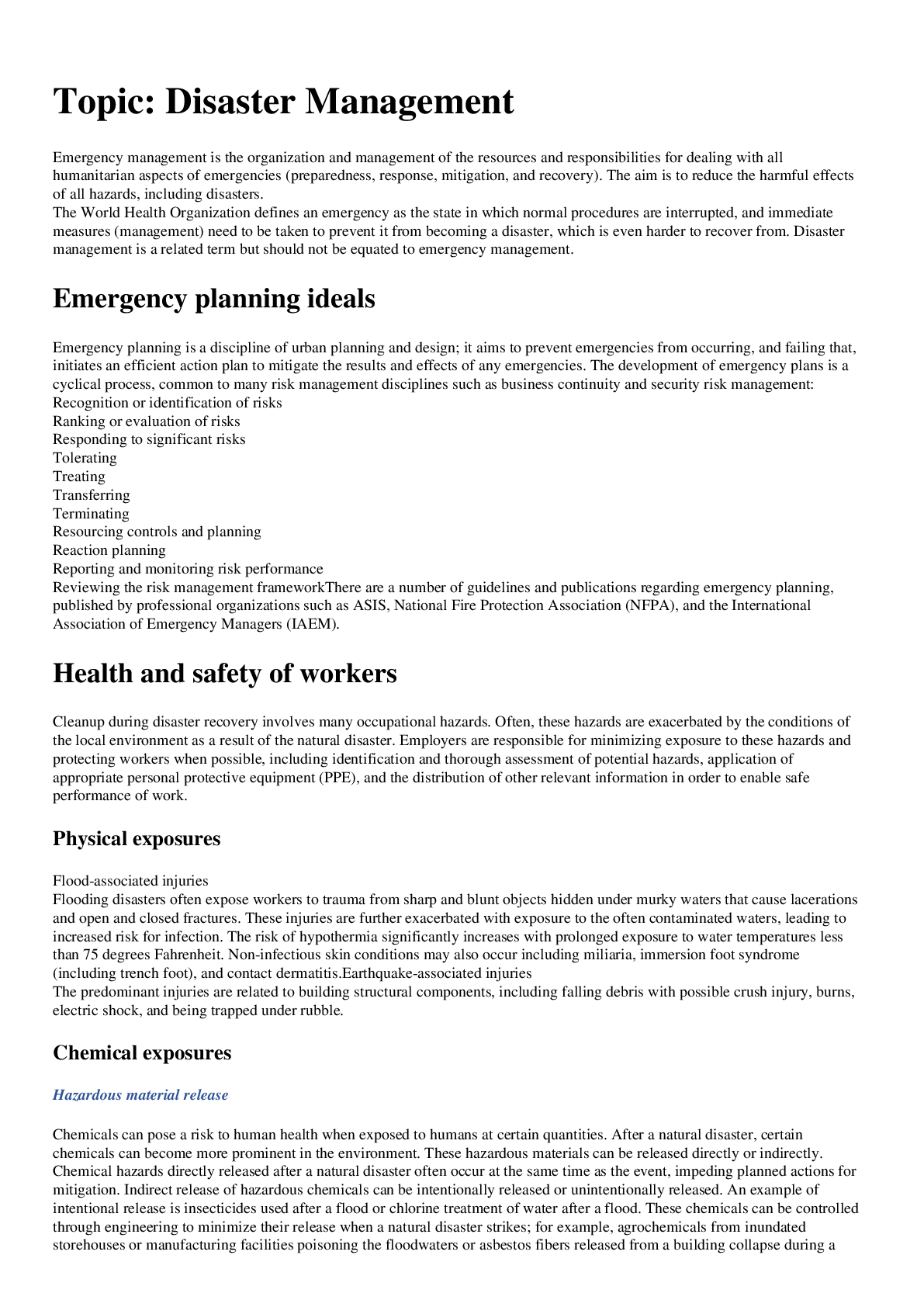

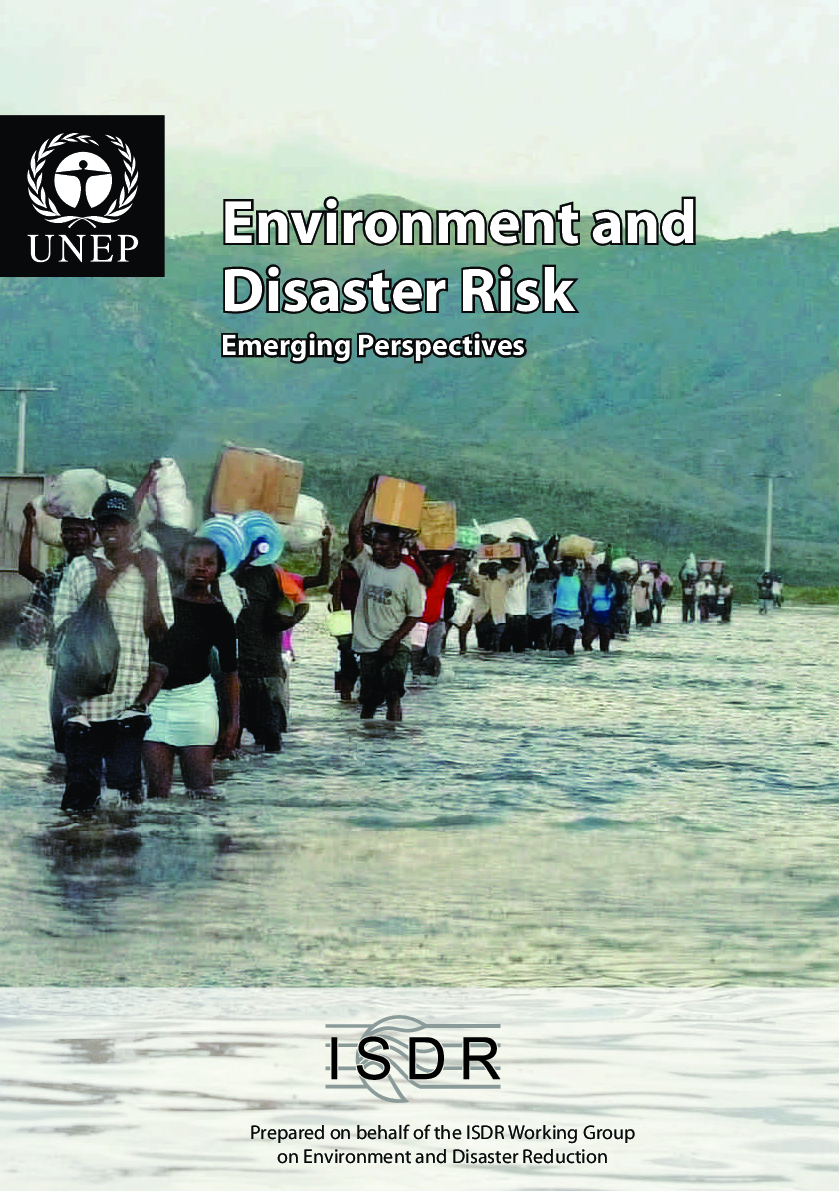
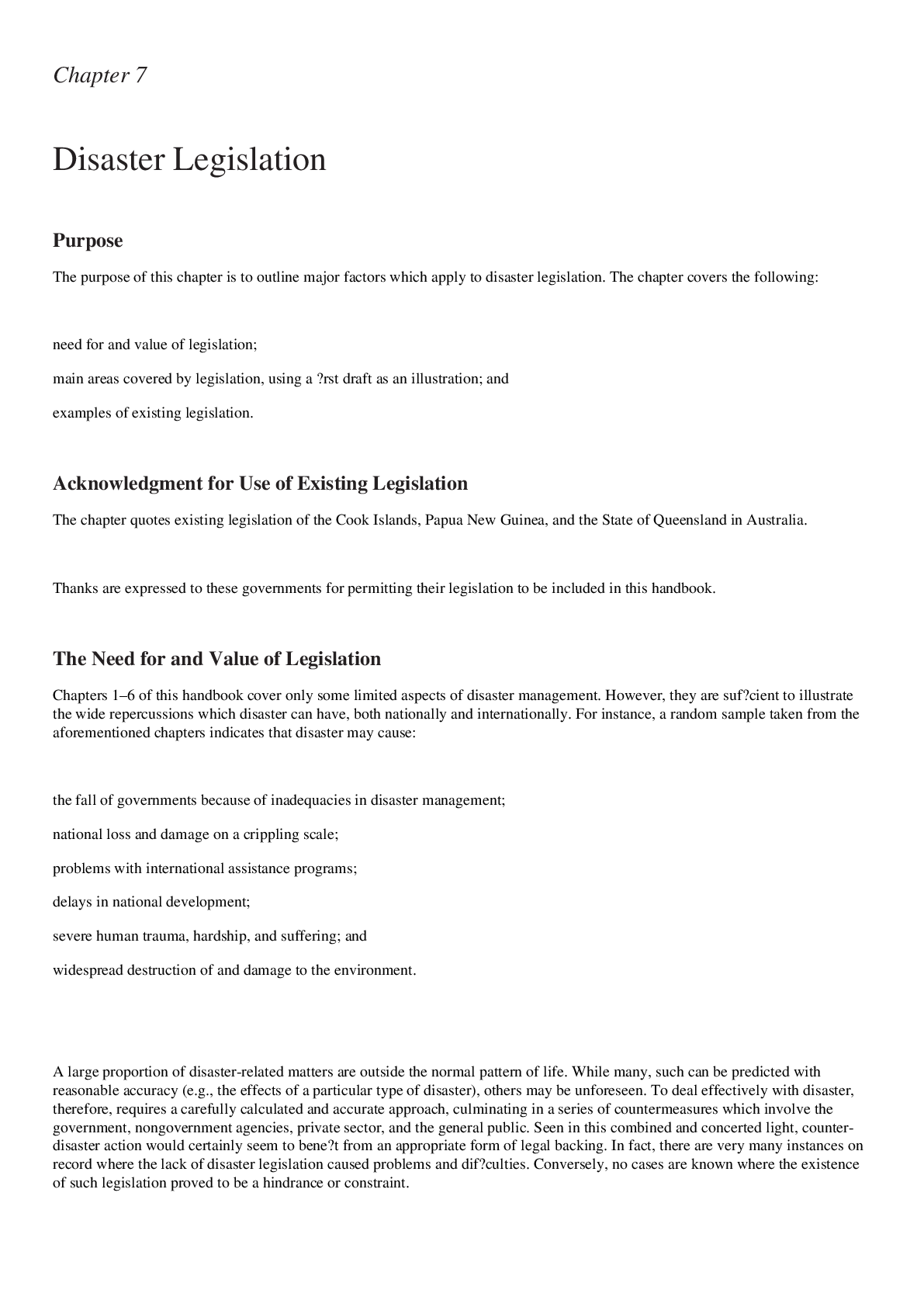


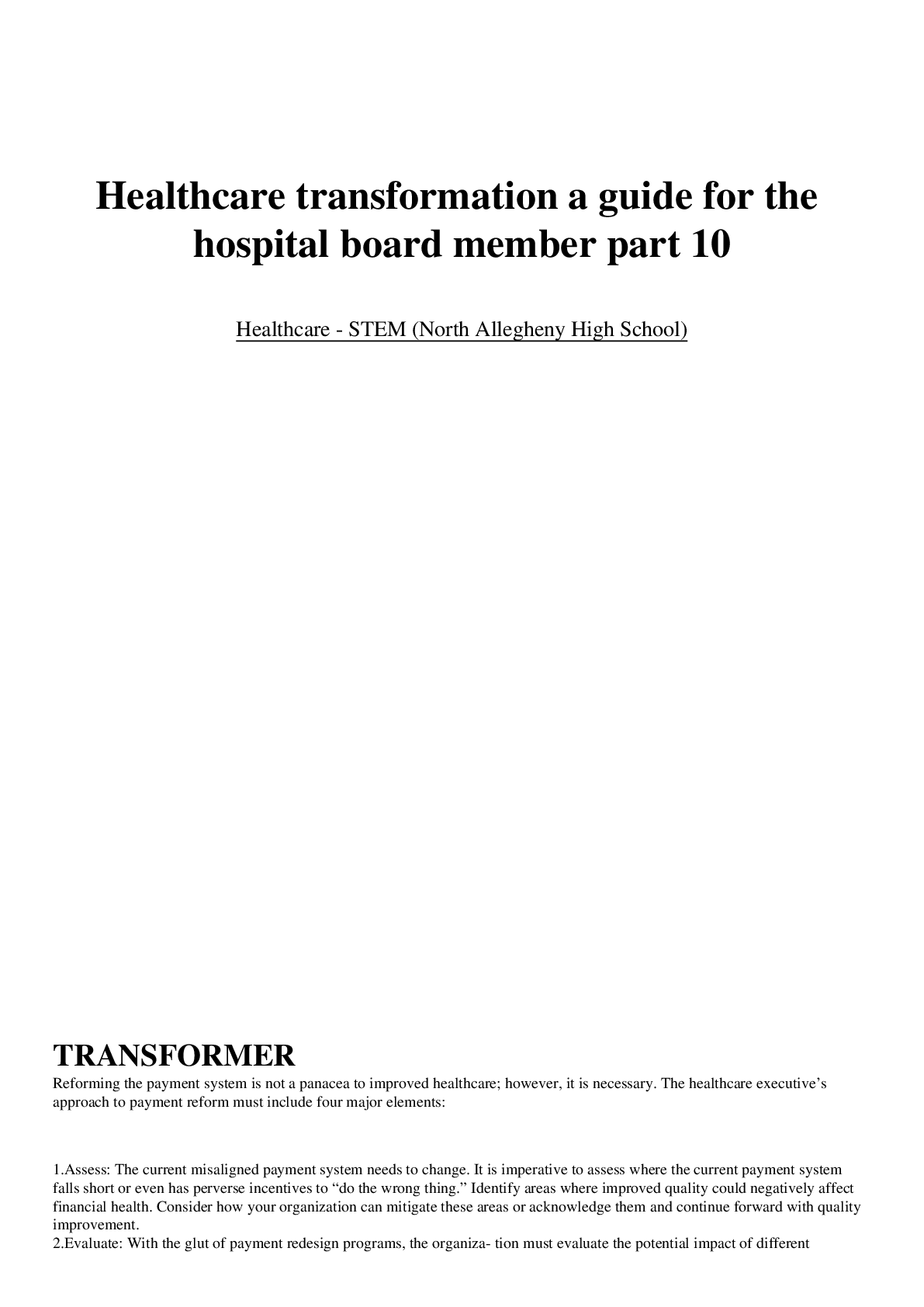



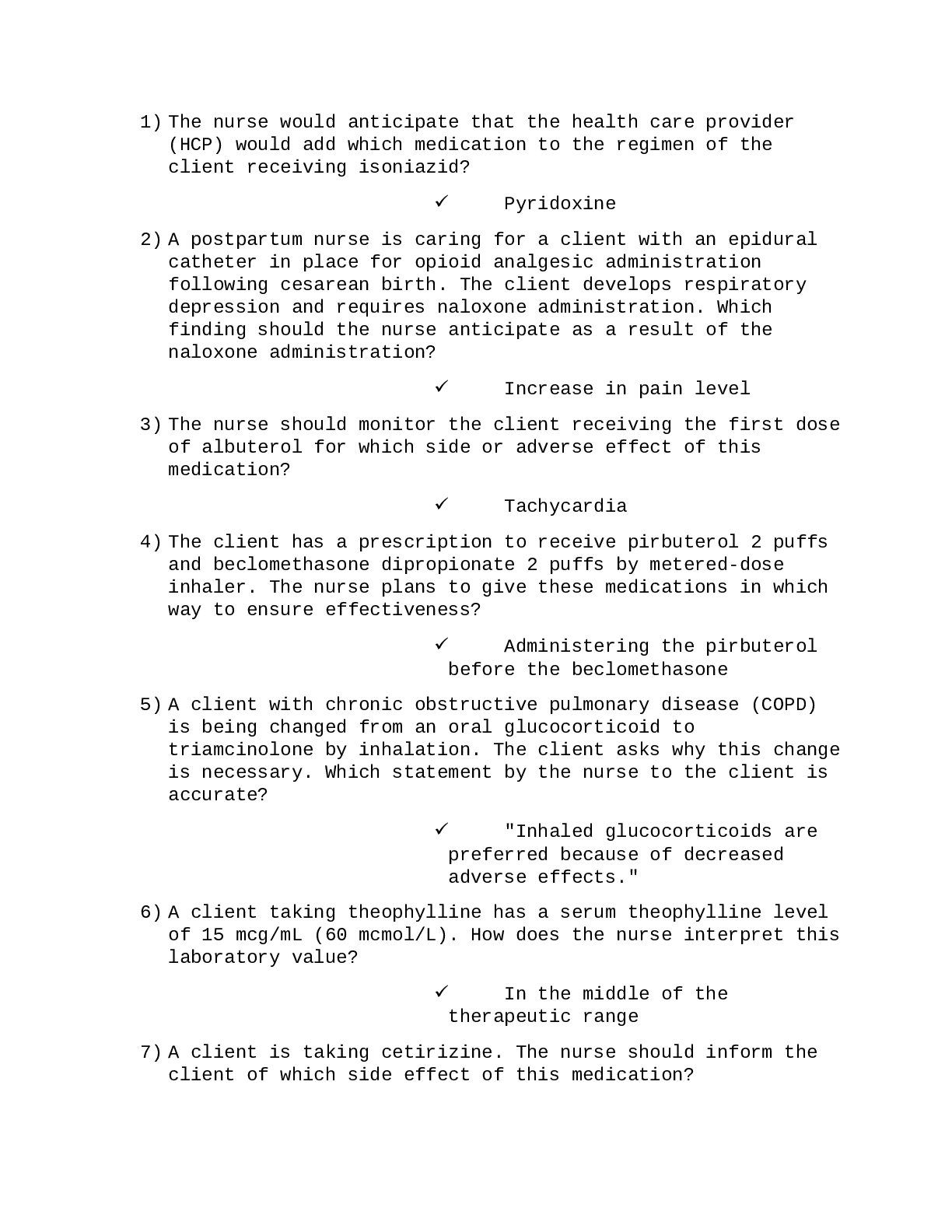
NSG110 AMERICANS RATE NURSES HIGHEST ON HONESTY, ETHICAL STANDARDS.png)







.png)
